Prepare Your Ears For Millions Of Cicadas In Mississippi This Spring
Some sounds are just so representative of summer, and cicadas are one of them. This year, though, we are looking at a massive emergence of these little flying maracas that haven’t been seen in over 200 years. Here’s what you need to know about the cicadas in Mississippi for 2024:
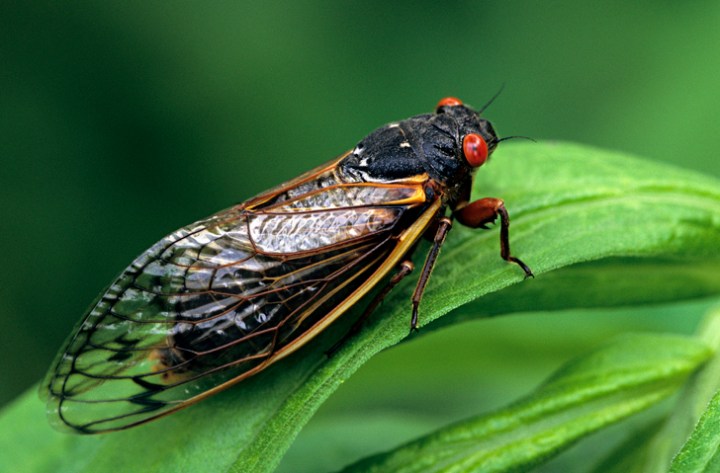
Many confuse these with locusts, but it's important to know that they are two different species. The cicadas that live in the United States are unique in that they spend most of their lives underground.
These periodical cicadas emerge from the ground every 13 or 17 years, and they all rise from the ground at the same time. While it is a cool party trick, there’s actually a method to the madness. The idea is that if they all emerge from the ground at the same time, it would be intimidating for predators. Predators can’t possibly catch them all, ensuring a good number can survive to reproduce.
These periodical cicadas emerge from the ground every 13 or 17 years, and they all rise from the ground at the same time. While it is a cool party trick, there’s actually a method to the madness. The idea is that if they all emerge from the ground at the same time, it would be intimidating for predators. Predators can’t possibly catch them all, ensuring a good number can survive to reproduce.
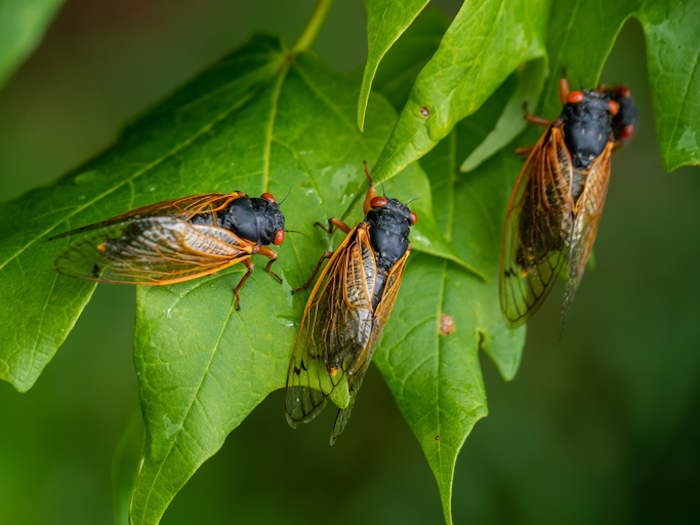
Brood XIX is expected to emerge this spring for most of the south including Alabama, Arkansas, Georgia, Illinois, Indiana, Kentucky, Louisiana, Missouri, Mississippi, North Carolina, Oklahoma, South Carolina, Tennessee, and Virginia. The last time these guys saw daylight was in 2011.
Brood XII is expected to emerge in parts of Iowa, Wisconsin, Illinois, Indiana, and Michigan. The last time this group emerged was 2007.
Brood XII is expected to emerge in parts of Iowa, Wisconsin, Illinois, Indiana, and Michigan. The last time this group emerged was 2007.
Advertisement
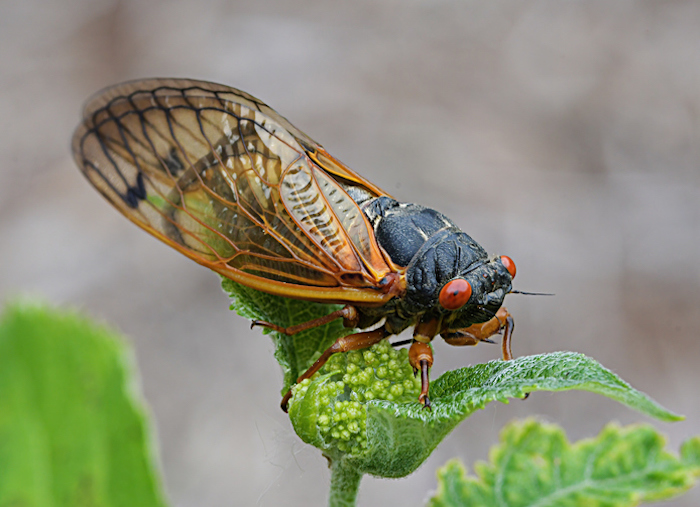
Good luck, Indiana and Illinois!
Advertisement
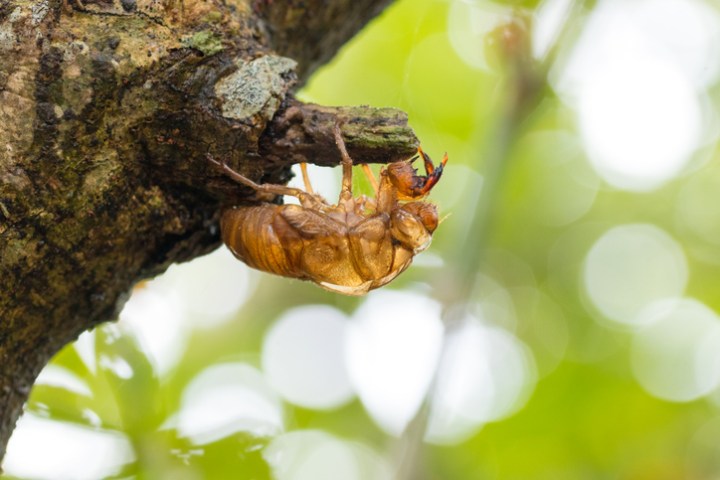
It’s one of the first things they do when they come top side. They’ll shed their exoskeletons and then start serenading until a female answers back.
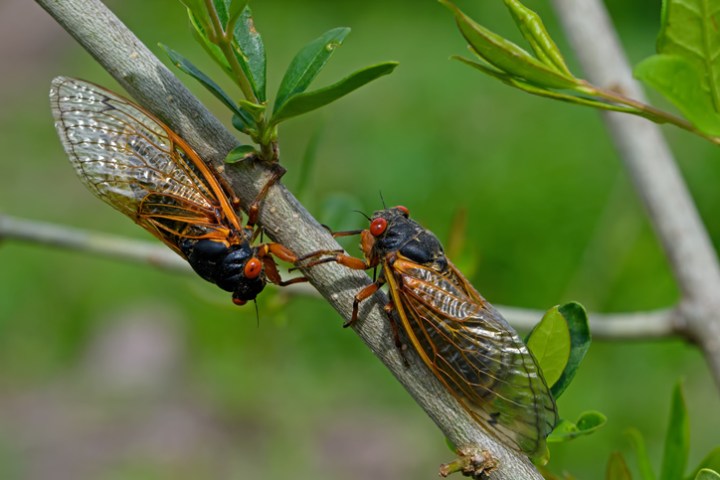
They’re doing their best Marvin Gaye impression. Yep, the sounds we hear are males trying to attract females. Once they mate, the males will die and the females will go off to lay eggs in tree branches before eternally clocking out themselves. The eggs will hatch sometime between late July to early August when they’ll fall to the ground and burrow underground and that’s where they’ll stay for 13 (or 17) years.
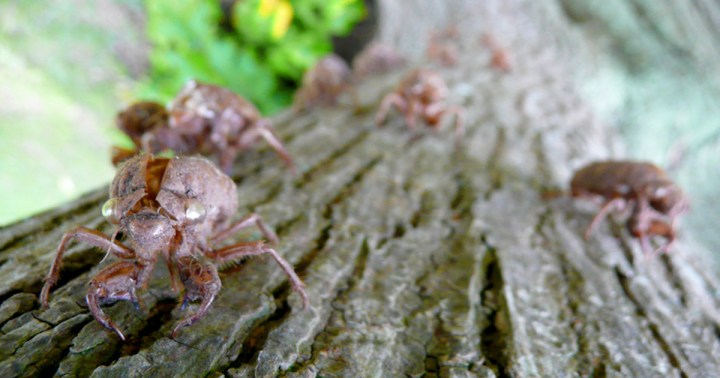
The ground has to reach 64 degrees, so it’s a waiting game until that temperature is reached. Don’t worry, these things are so loud there’s no way you’ll miss it. It should happen around mid-May through late June.
The good news is, other than being extremely loud neighbors, cicadas pose no threat to humans or pets. They’re here for a good time, not a long time. Get yourself a good pair of earplugs, you’re going to need them! Or, start planning a road trip over to the West Coast if you want to avoid them entirely.
OnlyInYourState may earn compensation through affiliate links in this article. As an Amazon Associate, we earn from qualifying purchases.




